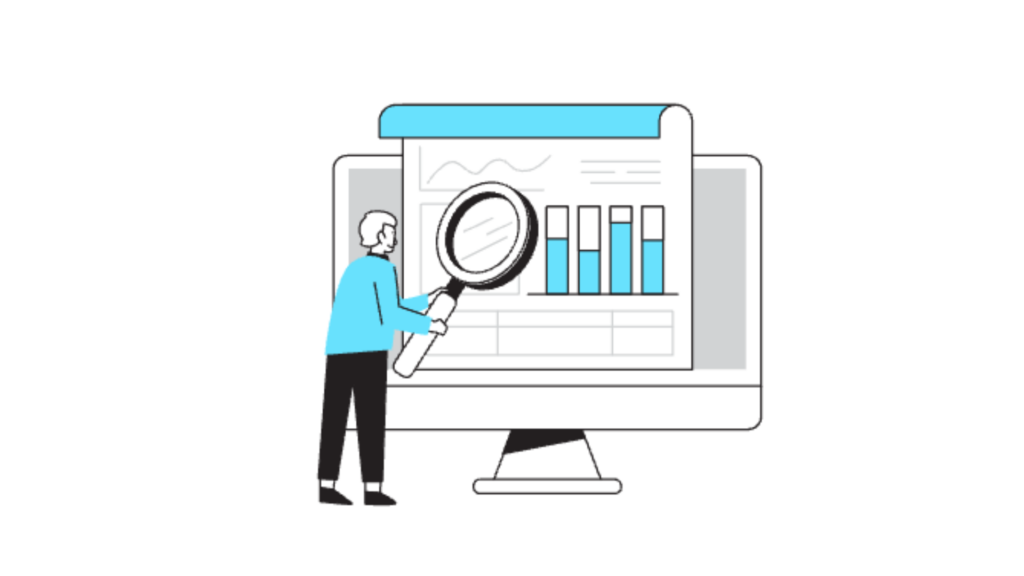Domain Name Age Check: Why It Matters and How to Do It

The age of a domain name, or how long it has been registered and active, can impact various aspects of a website’s online presence. Conducting a domain name age check gives insights into the credibility, SEO potential, and historical performance of a domain. Whether you’re buying an existing domain, assessing a competitor, or analyzing your own site, knowing the domain’s age can help you make better strategic decisions.
Why a Domain Name Age Check Matters
Domain age plays an important role in how search engines view a website. Generally, older domains carry more authority, which can translate to better search engine rankings. This is because a domain that’s been around longer has likely built up backlinks, content, and a reputation for reliability—factors that search engines use to determine trustworthiness.
Key Benefits of Knowing Domain Age:
- Enhanced SEO Strategy: Older domains often have stronger SEO profiles, meaning they might perform better in search engine rankings.
- Trustworthiness: For potential buyers, partners, or clients, an older domain implies stability and reliability.
- Evaluating Competitors: Knowing a competitor’s domain age can offer insights into their growth and strategy.
To explore more on how domain factors influence SEO, you might find our article on understanding the science behind YouTube title generators relevant for understanding content impact.
How to Conduct a Domain Name Age Check
Checking the age of a domain name is straightforward, with several tools and methods available to help. Below are some of the most popular ways to perform a domain name age check:
1. Using WHOIS Lookup
One of the most accurate ways to check domain age is through a WHOIS lookup. The WHOIS database stores domain registration details, including the registration date. While you’re reviewing domain details, using tools like a redshift GUI can also help visualize and manage associated data more efficiently.
- Step 1: Go to a WHOIS lookup tool like whois.com.
- Step 2: Enter the domain name you want to check.
- Step 3: Look for the “Creation Date” field, which will show the exact date the domain was registered.
2. Online Domain Age Check Tools
Several online tools provide quick access to domain age and other relevant data. Tools such as DomainTools and Moz offer detailed information, including registration and renewal dates, making it easy to check domain age without additional steps.
3. Google Search Console
If you own the domain, Google Search Console also provides information on your site’s age and performance. Google typically favors older, trusted domains, and having this information within the Search Console can give you a better idea of your website’s historical performance.
If you want to understand how other SEO factors play into your domain’s ranking, our article on best practices for content marketing in 2023 may provide some insights.
Best Practices for Using Domain Age in SEO
While domain age can be beneficial for SEO, it’s not the only factor that matters. Here’s how to make the most of an older or newer domain’s SEO potential:
1. Building Authority Over Time
For those with newer domains, remember that search engines value consistency. Regularly updating content and building backlinks can help establish authority, which is key to competing with older domains.
2. Leveraging Age for Credibility
An older domain with a strong backlink profile and consistent updates becomes a valuable asset in competitive SEO niches. Leveraging this age factor can enhance your site’s visibility and build credibility with your audience.
If you’re looking to boost your site’s authority through content, our article on 9 tips for creating better paid campaigns can help you navigate strategies for improving engagement and reach.
Common Mistakes When Relying on Domain Age
While domain name age checks provide useful information, putting too much emphasis on age alone can lead to missed opportunities. Here are a few mistakes to avoid:
1. Overlooking Content Quality
Regardless of domain age, high-quality, relevant content remains essential. Even an older domain will struggle to rank if its content doesn’t meet the needs of the audience.
2. Ignoring Domain Penalties
An old domain may have a history of spam or black hat SEO practices, which can lead to penalties. It’s important to look beyond the age and check if the domain has a clean reputation. Google’s transparency report can help identify domains that have been flagged for suspicious activities.
3. Not Considering Domain Relevance
A domain that’s aged but lacks relevance to the current brand or audience might not be as beneficial. Ensure the domain aligns with your industry, products, or services.
For more on optimizing relevance and reach, our guide on 8 elements to include in a content marketing plan can offer some practical strategies.
Future Trends in Domain Age and SEO
As SEO evolves, domain age continues to play a part, but newer trends are impacting how much weight search engines give to it. Let’s explore some trends shaping the relevance of domain age in SEO.
Artificial Intelligence and Content Relevance
Search engines are increasingly using AI to evaluate content quality and relevance. This trend indicates that while domain age still matters, high-quality, well-optimized content holds even more weight.
Backlink Quality Over Quantity
Older domains might have more backlinks, but search engines are now prioritizing the quality of these links. A domain with fewer, but high-authority backlinks could potentially rank better than an older domain with low-quality links.
Emphasis on User Experience
With algorithms like Google’s Core Web Vitals update, user experience is becoming a critical ranking factor. Older domains will need to stay updated on UX trends to maintain their ranking power. Our article on how to enhance customer experience can provide a deeper dive into UX considerations.
Comparison Table: Older vs. Newer Domains
Here’s a comparison of the pros and cons of older and newer domains:
| Older Domains | Newer Domains |
|---|---|
| Pros | Pros |
| Established backlink profile | Flexibility to shape reputation |
| Seen as more credible | Easier to apply modern SEO |
| Often better ranking foundation | Faster adaptability to trends |
| Cons | Cons |
| Might come with penalties | Takes time to build authority |
| May have outdated SEO practices | Less immediate trustworthiness |
| Potentially costly to acquire | Requires more content investment |
How to Boost the Authority of a Newer Domain
If you’ve found yourself with a newer domain after a domain name age check, don’t worry! There are ways to build authority quickly and effectively.
Focus on Quality Backlinks
Building a quality backlink profile is essential. Reach out to authoritative sites in your industry for guest blogging opportunities, or collaborate with brands for mutual link-sharing that benefits both.
Create Consistent, High-Value Content
Content consistency and quality will help your domain gain traction. This includes blog posts, guides, and resources that resonate with your audience.
For guidance on creating high-value content, our article on effective email marketing strategies can offer insights into aligning content with audience needs.
Invest in Social Proof
Encourage user reviews, testimonials, and social media shares to build credibility and a strong brand presence. Social proof can positively influence both audience perception and search engine rankings.
Conclusion: The Power of Domain Age in Online Success
Conducting a domain name age check is a valuable step for anyone involved in SEO, digital marketing, or brand strategy. While domain age contributes to search engine rankings, it’s not the only metric that matters. With the right approach, even a newer domain can compete effectively in today’s digital landscape. By focusing on content quality, relevance, and user experience, both new and old domains can achieve online success.



